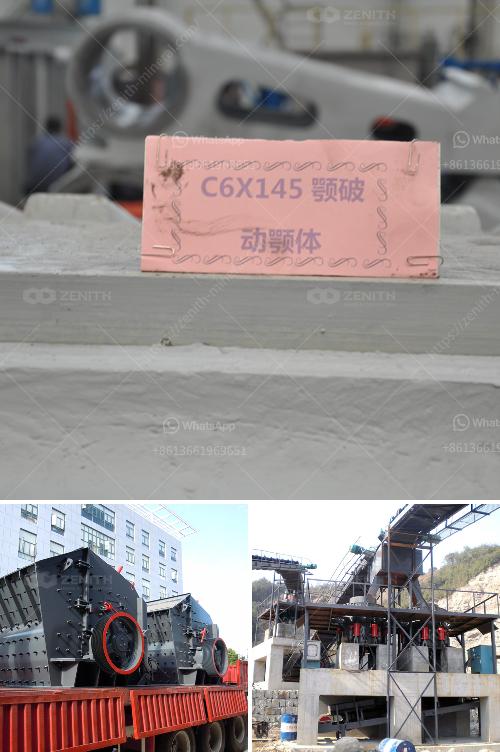Calculating a belt feeder involves several key factors related to the material properties, belt dimensions, and feeder mechanics. Here's a step-by-step outline to guide you through the process:
1. Determine Material Characteristics:
- Bulk Density (ρ): The weight per unit volume of the material, typically in kg/m³.
- Flowability: Consider whether the material is free-flowing or sticky.
- Particle Size: Size distribution of the particles in the bulk material.
2. Belt Dimensions:
- Belt Width (B): The width of the conveyor belt, typically in millimeters or inches.
- Belt Speed (v): The linear speed at which the belt moves, usually in meters per second (m/s) or feet per second (ft/s).
3. Load Cross Section (A):
- The cross-sectional area of material on the belt.
- For a flat-belt: ( A = B \times h )
- For a troughed-belt: Use specific formulas depending on the troughing angle and fill factor.
4. Calculate Material Flow Rate (Q):
- Volumetric Flow Rate (Qv): The volume of material passing a point per unit time.
- Mass Flow Rate (Qm): The weight of material passing a point per unit time.
- ( Q_m = \rho \times Q_v )
- ( Q_m = \rho \times A \times v )
Example Calculation
Let's consider the following example to illustrate the process:
-
Given:
- Bulk Density (ρ): 1500 kg/m³
- Belt Width (B): 1 meter
- Belt Speed (v): 0.5 meters/second
- Load Height (h): 0.1 meter (for a flat belt)
-
Calculate Load Cross Section (A):
- ( A = B \times h = 1 \, \text{m} \times 0.1 \, \text{m} = 0.1 \, \text{m}^2 )
-
Calculate Volumetric Flow Rate (Qv):
- ( Q_v = A \times v = 0.1 \, \text{m}^2 \times 0.5 \, \text{m/s} = 0.05 \, \text{m}^3/\text{s} )
-
Calculate Mass Flow Rate (Qm):
- ( Q_m = \rho \times Q_v = 1500 \, \text{kg/m}^3 \times 0.05 \, \text{m}^3/\text{s} = 75 \, \text{kg/s} )
Final Tips:
- Always ensure units are consistent across all calculations.
- Adjust for material-specific factors such as angle of repose and moisture content.
- For complex materials or configurations, refer to manufacturer guides or engineering handbooks specific to belt feeders.
By following these steps and adjusting based on specific material and system characteristics, you can calculate the appropriate belt feeder specifications for your application.


